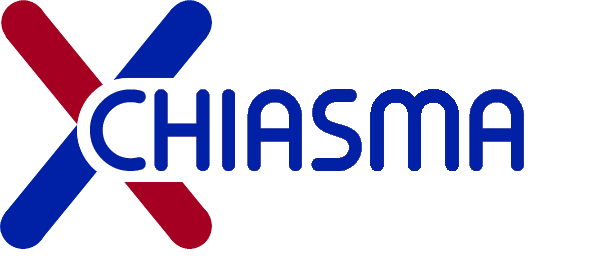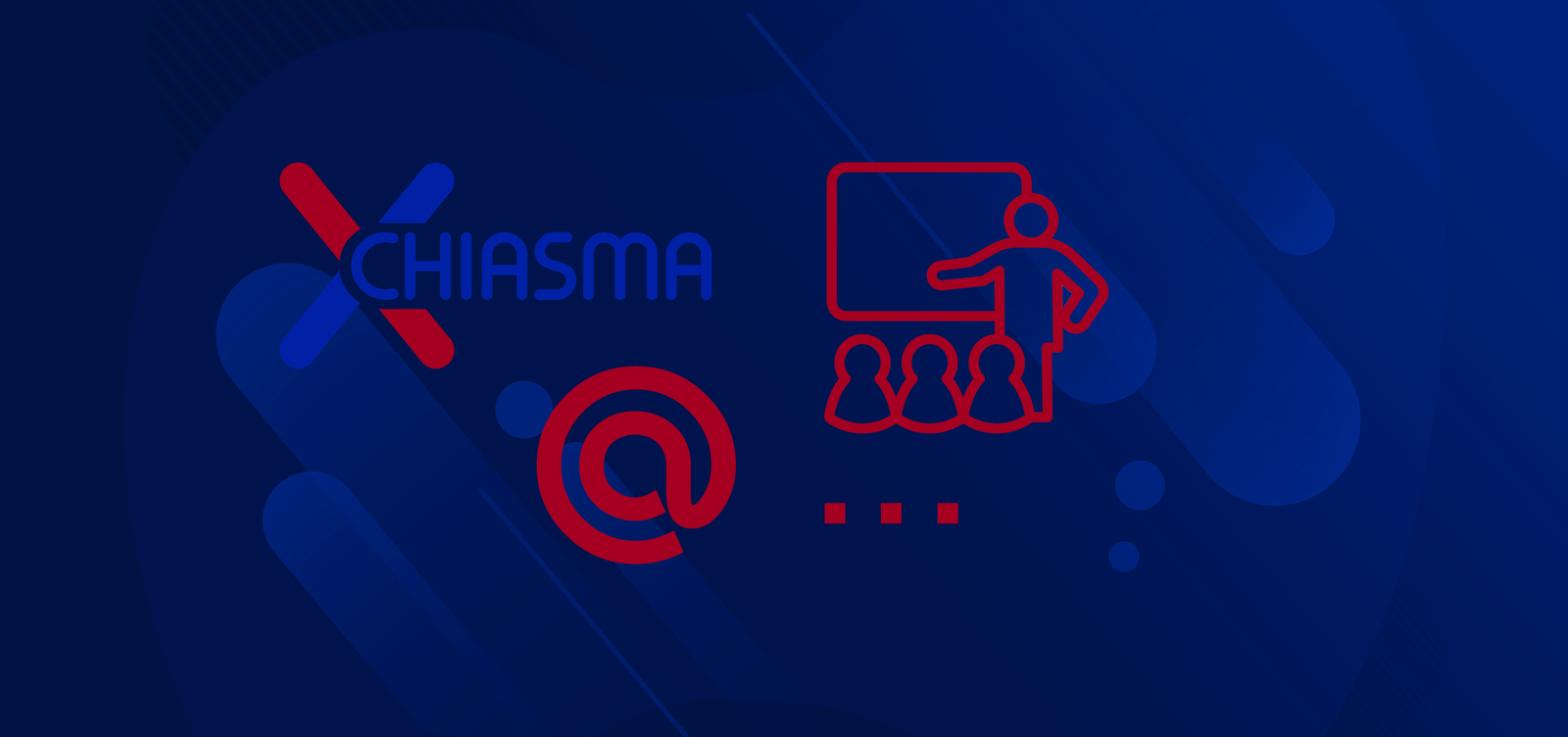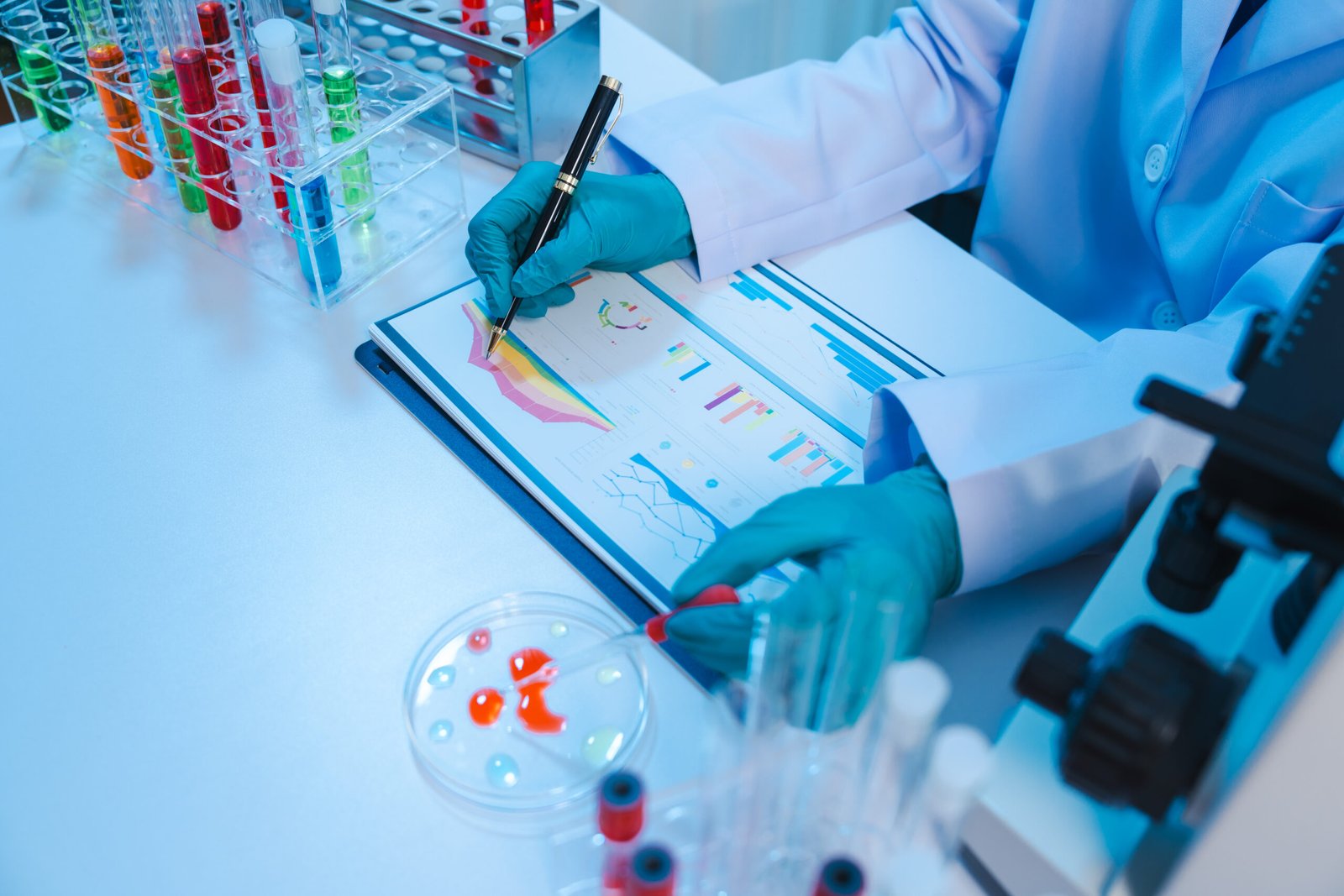The new CHIASMA Project has started its ambitious new R&I programme on ‘Accessible Innovative Methods for the Safety & Sustainability Assessment of Chemicals & Materials’.
CHIASMA is a four year project, funded by the HorizonEurope Programme; it brings togetehr 20 expert institutes from 15 countries all over the world, and aims to devise and demonstrate a comprehensive set of New Approach Methodologies (NAMs) and integrate them in a user friendly, reliable and robust framework to perform human and environmental safety evaluation in a regulatory context.

The CHIASMA R&I approach to testing and assessment (Figure above) aims to provide regulators with an integrated framework (the CHIASMA SSbD Assessment) allowing human and environmental safety and environmental impact assessment using an iterative multi-step approach based on next generation safety assessment (NGSA) approaches.
The CHIASMA SSbD Assessment combines the following elements, corresponding to the numbers in Figure above:
- Chemocentric models, powered by state-of-art artificial intelligence, including:
- Chemocentric models for the prediction of behaviour and properties of chemical systems.
- Quantitative Structure-Activity Relationship (QSAR) models relating chemical features to biological effects.
- Material Flow Analysis models (MFA) to predict chemical/material releases along the products’ life cycle.
- Text mining tools to process, analyse, and extract valuable information from large amounts of text data.
- Knowledge Graph to capture, structure and analyse existing data, inferring new links and conclusions.
- Read Across to predict properties for the target substance(s) based on properties of analogous substances.
- Biocentric models, consisting of:
- Physiologically-Based Kinetic models (PBK) to predict behaviour and distribution of chemicals in the body.
- Adverse Outcome Pathways models (AOPs) to provide a systematic and comprehensive understanding of key events (KEs) and molecular initiating events (MIEs) that lead to an adverse outcome following exposure.
- Mechanism of Action (MOA) models that describe the molecular biology processes and interactions following exposure to identify the specific targets, pathways, and interactions that are involved.
- Optimised experimental NAMs, representative of the following human biological systems:
- Human organs and systems (brain, reproductive/developmental and endocrine systems, kidney, and liver).
- Human internal biological barriers (blood-brain-barrier (BBB) and blood-placental-barrier (BPB).
- Human external barriers (lung alveolar barrier, skin and small intestine).
- Data integration, processing and analysis modules that will also integrate innovative Life Cycle Impact Assessment (LCIA) methods for better integration of toxicity in human and environmental assessment. In particular we make data, results, methods and SOPs as open, transparent and transferable as possible (“FAIR-ification” and “GLP-ification” activities). It is expected that a large number of NAMs will be submitted to formal validation of the methodologies and mutual acceptance of the results, e.g., by submitting Standard Project Submission Form (SPSF) to the OECD WNT committee or the (pre)validation forms to EURL ECVAM.
The CHIASMA Consortium
- LIST – Luxembourg Institute of Technology, Luxembourg
- TAU – University of Tampere, Finland
- 7P9-SI – Seven Past Nine, Slovenia
- RIVM – Rijksinstituut voor Volksgezondheid en Milieu, Netherlands
- MUI – Medical University Innsbruck, Austria
- AIST – AcumenIST SRL, Belgium
- NMBU – Norwegian University of Life Science,s Norway
- NovaM – NovaMechanic,s Cyprus
- NTUA – National Technical University of Athen,s Greece
- AIT – Austrian Institute of Technology, Austria
- IUF – Leibniz Institute für Umweltmedizinische Forschung GmbH, Germany
- BASF – BASF SE, Germany
- UniTOV – University of Rome Tor Vergata, Italy
- UV – University of Amsterdam, Netherlands
- ECETOC, Belgium
- HYU – Hanyang University, South Korea
- UoB – University of Birmingham, United Kingdom
- SU – Swansea University, United Kingdom
- IOM – Institute for Occupational Medicine, United Kingdom
- EMPA – Eidgenössische Materialprüfungs- und Forschungsanstalt, Switzerland

Over 40 R&I experts from 15 countries met today and immediately started keen discussions on the development of ‘Accessible Innovative Methods for the Safety & Sustainability Assessment of Chemicals & Materials’ as part of our newly funded Project www.CHIASMA-project.eu.
We were joined by the European Commission (European Health and Digital Executive Agency (HaDEA)), and two of our three sister Projects:
- CheMatSustain (Hamburg University of Applied Sciences)
- SSbD4CheM (VITO)






